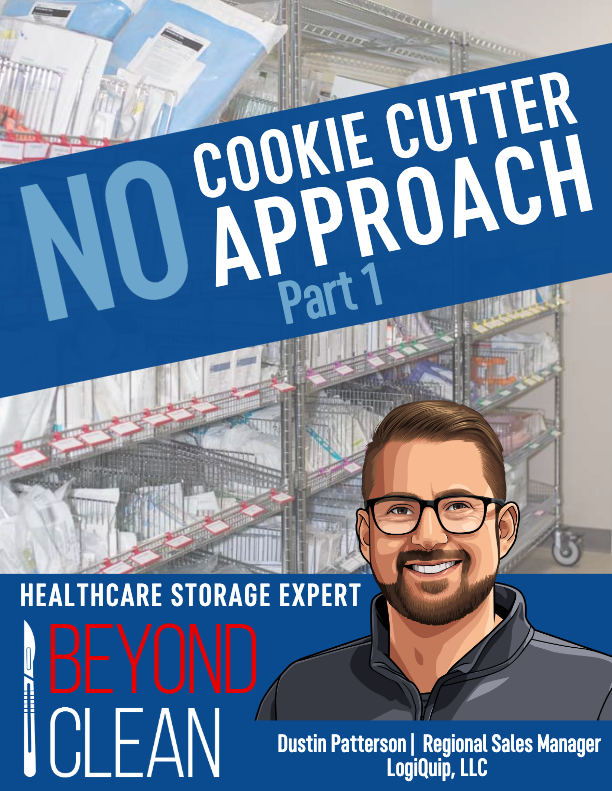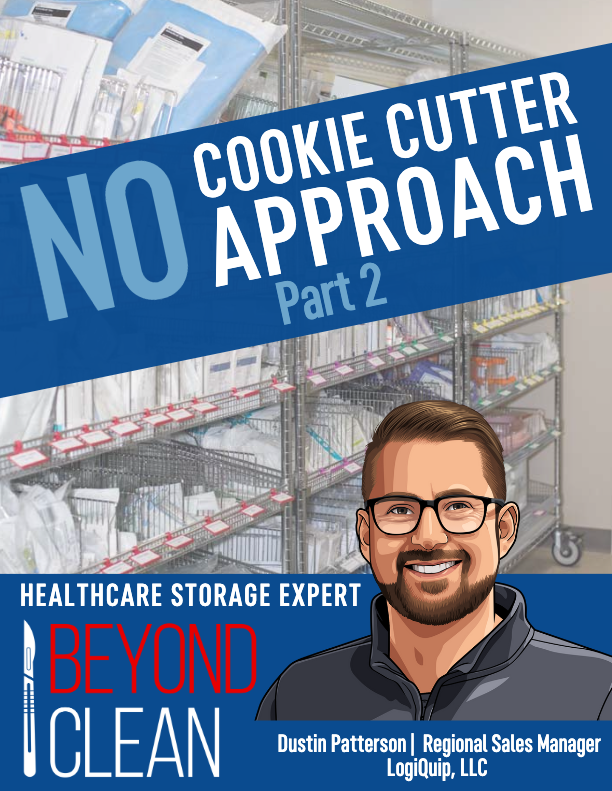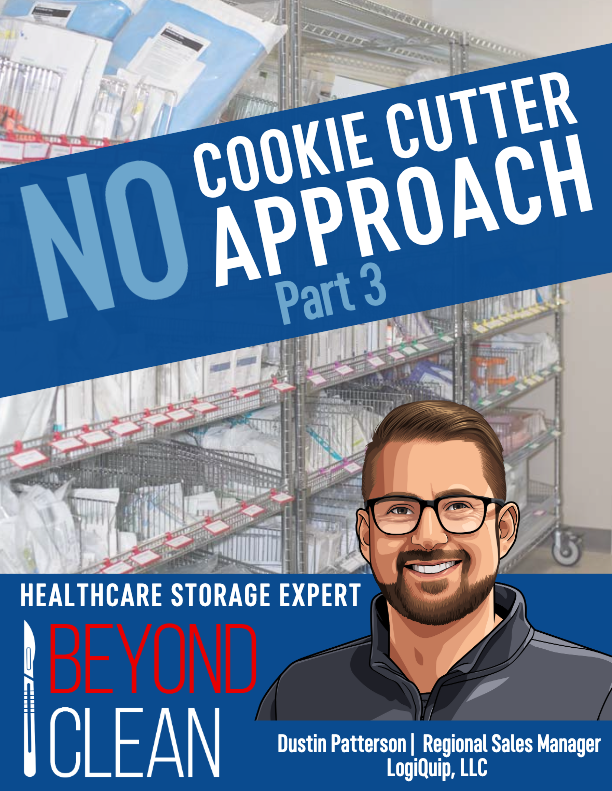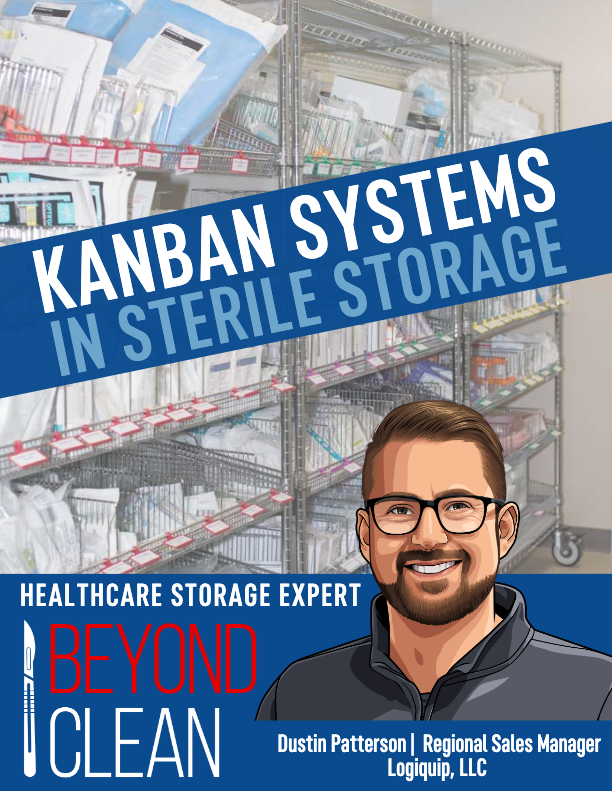PAR Optimization. It’s Tricky!
Amy Wesley | Intelli-Flip™ Category Sales Manager, LogiQuip®
Over the last three months we have been discussing finding efficiency in your Supply Chain. This month, we will continue our discussion around PAR Optimization. Last month we began with the data. Now that you have a clear understanding of your usage data, you may be wondering how to make sure you set the right PAR levels so you have what you need when you need it and don’t experience stockouts or obsolete and expired stock. If so, you’re in the right place.
As we discussed last month, having accurate and complete supply usage data allows you to make fact-based decisions. However, setting the right PAR levels, even with complete data, can be tricky. So, let’s discuss some things to consider when setting your PAR levels:
• Clinical Usage. This is where your usage data is critical. If you use a lot of a particular supply, you will need to set the PAR levels higher. Not so high that your carrying costs increase.
• Replenishment Cycle. How long will it take to get the supplies you ordered? If it takes a long time, set a higher PAR level.
• Seasonality. For example, with the onset of cold and flu season you will need more testing kits. Looking at supply usage data for the same period the previous year, it will help you to adjust accordingly.
• Available Storage Space. How much do you have? If your space is too small, you may need to decrease the quantity of supplies (and increase the frequency) you order due to limited space.
• Patient Acuity. What department are you ordering in? ED? ICU? Usually the sicker the patient, the higher rate of supply usage.
• Minimum Quantity for Care. Some items are rarely used, but when they are used they need certain minimum quantities to provide care. Often these items are needed for emergencies, so it is important to get clarity for this need from the clinical team to support patient care.
As with everything, this should not be done in a vacuum. Consult your clinicians and supply technicians to ensure you have a complete picture of what is happening in each PAR location. Continue on this PAR optimization journey with us next month as we discuss supply storage areas.
Amy Wesley
Intelli-Flip™ category Sales Manager
Amy Wesley is the Services and Intelli-Flip™ Category Sales Manager with LogiQuip® Healthcare Storage Solutions in Kalamazoo, MI which has exclusively served the healthcare industry for over 30 years. With more than 34 years of experience in healthcare, Amy is a seasoned professional with a strong background in sterile processing, procurement, surgical services, and supply chain management. She is passionate about process improvement and workflow redesign, particularly in the supply chain space.
For all your supply chain operations questions, you can contact Amy at [email protected] or visit the LogiQuip® team at logiquip.com




